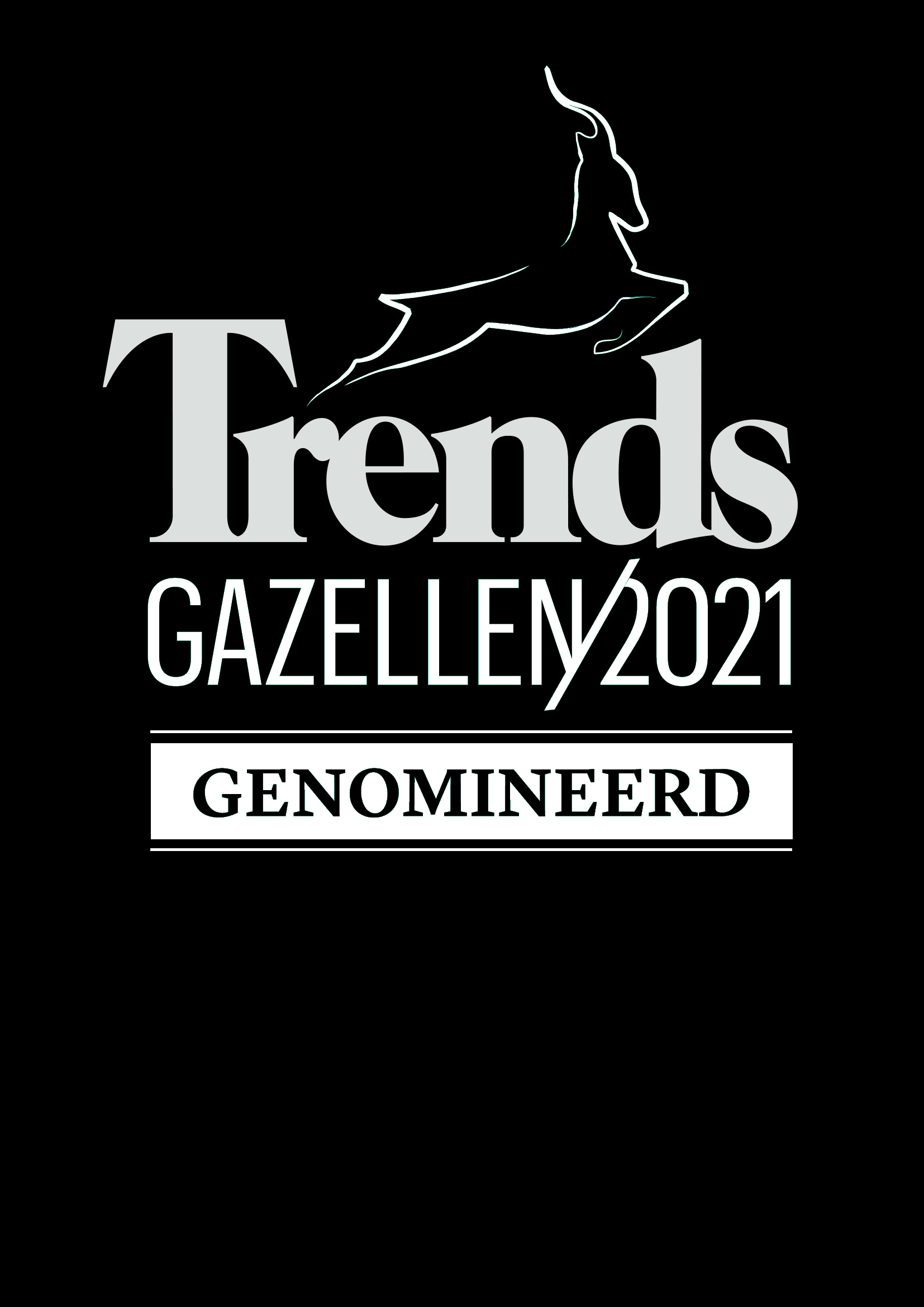useR!2017 Roundup
Organising useR!2017 was a challenge but a very rewarding experience. With about 1200 attendees of over 55 nationalities exploring an interesting program, we believe it is appropriate to call it a success - something the aftermovie only seems to confirm. Behind the Scenes To give you a glimpse behind the scenes of the conference organization, Maxim Nazarov held a lightning talk on ‘redmineR and the story of automating useR!

